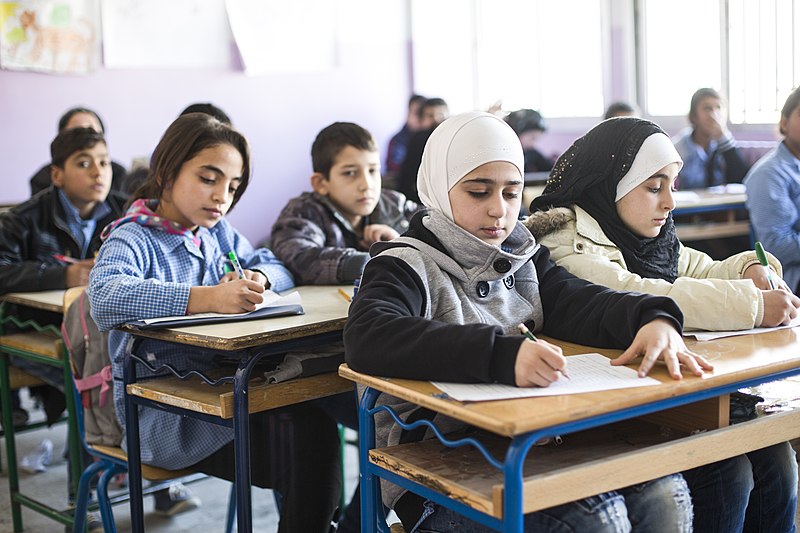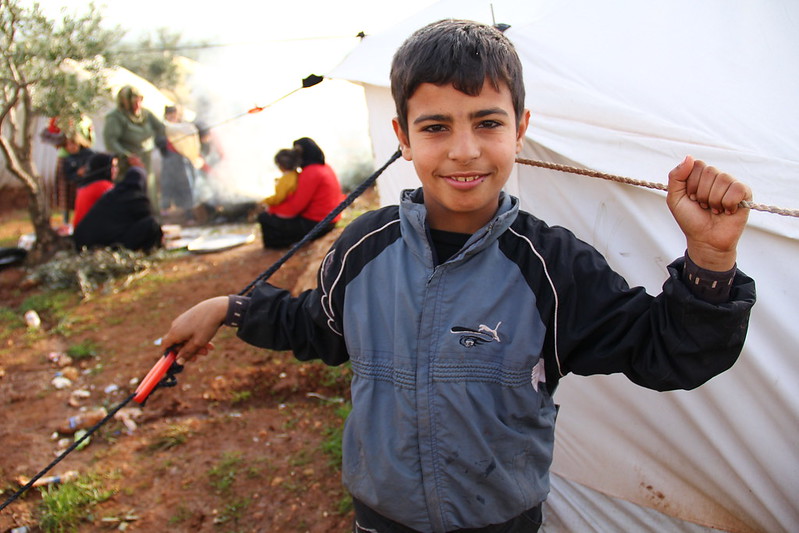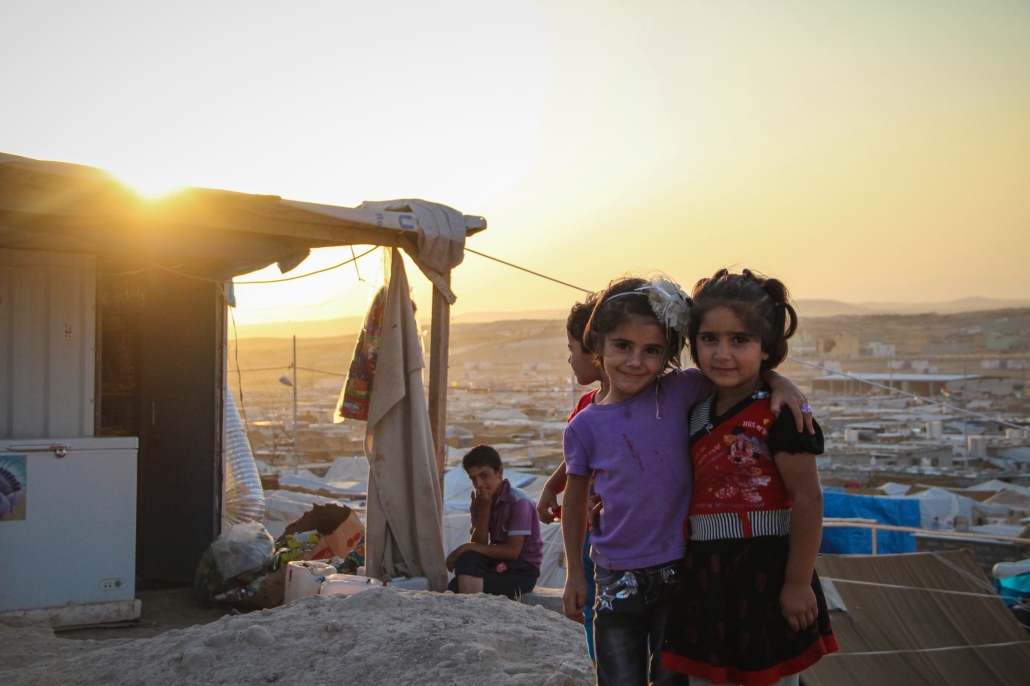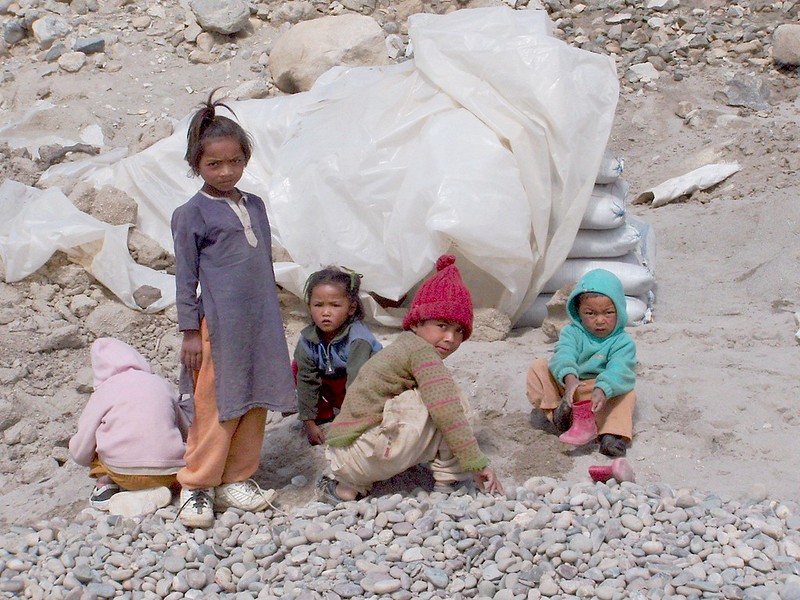 Jordan is home to more than 700,000 refugees of different nationalities, including Syrians and Palestinians. In response to the refugee crisis, Jordan has implemented several programs to address the employment needs of its refugee populations. The Jordanian government has recognized the urgent need to integrate refugees into the labor market. Therefore, in collaboration with international organizations and nongovernmental organizations (NGOs), it has introduced a range of customized refugee employment programs in Jordan.
Jordan is home to more than 700,000 refugees of different nationalities, including Syrians and Palestinians. In response to the refugee crisis, Jordan has implemented several programs to address the employment needs of its refugee populations. The Jordanian government has recognized the urgent need to integrate refugees into the labor market. Therefore, in collaboration with international organizations and nongovernmental organizations (NGOs), it has introduced a range of customized refugee employment programs in Jordan.
Jordan Compact
This landmark deal, concluded in 2016 between Jordan and the international community, aims to create jobs for Jordanians and Syrian refugees. The Compact aims to spur economic growth that will eventually generate jobs through instruments such as preferential trade access and financial assistance. A World Bank study cited the role of the Compact in economic resilience and improving the livelihood of refugees and the communities hosting them.
Cash for Work Programs
Cash for Work programs by agencies like the United Nations High Commissioner for Refugees (UNHCR) and Mercy Corps entail the short-term employment of refugees in sectors that include agriculture, construction and infrastructure development. Apart from offering a source of income to the refugees, the programs provide back-to-community development initiatives. The International Labor Organization (ILO) believes that cash-for-work programs have helped and they continue to have a huge impact on poverty alleviation and the promotion of social cohesion.
Vocational Training and Skill Development
Since skill development is an important factor in refugees’ employability, Jordan has taken steps to increase investments in vocational training programs. Programs such as the Vocational Training and Employment Services for Syrian Refugees within the Jordan Compact help provide refugees with market-relevant skills that will be relevant in their labor markets. According to a UNHCR study, vocational training facilitates integration and self-reliance for refugees.
Challenges and Opportunities
The challenges persist, even though the programs of Jordanian refugee employment are making some strides. Other main barriers to the integration of refugees relate to limited access to formal employment opportunities, legal restrictions on the employment of refugees and competition with hosts. The economic shock from COVID-19 will exacerbate the existing vulnerabilities, so sustained support and investment in refugee livelihoods will be crucial.
Employment programming for refugees in Jordan has been one of the most crucial steps toward meeting economic and social needs among displaced populations. These programs not only reduce the poverty burden among the refugees by providing access to employment but also socially integrate them into the Jordanian community. Continuous efforts in this regard will help overcome the prevailing challenges and ensure long-term refugee livelihoods.
– Honorine Lanka Perera
Honorine is based in Highland, NY, USA and focuses on Good News and Politics for The Borgen Project.
Photo: Flickr
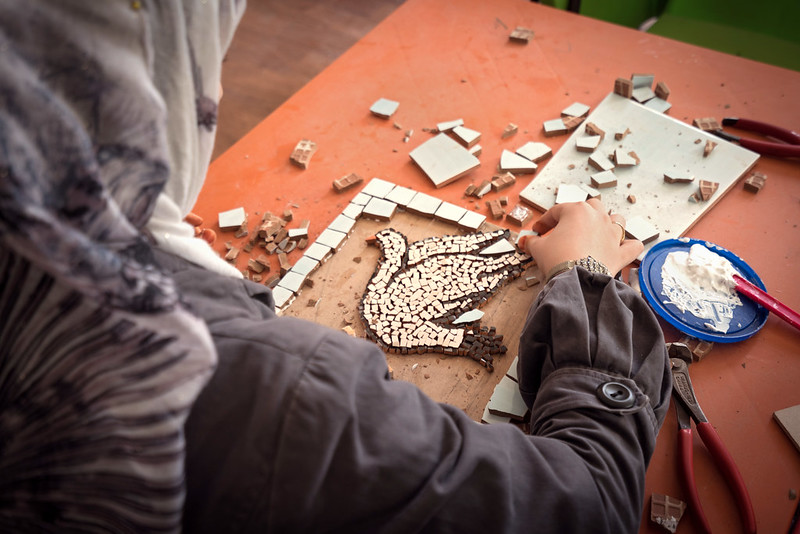
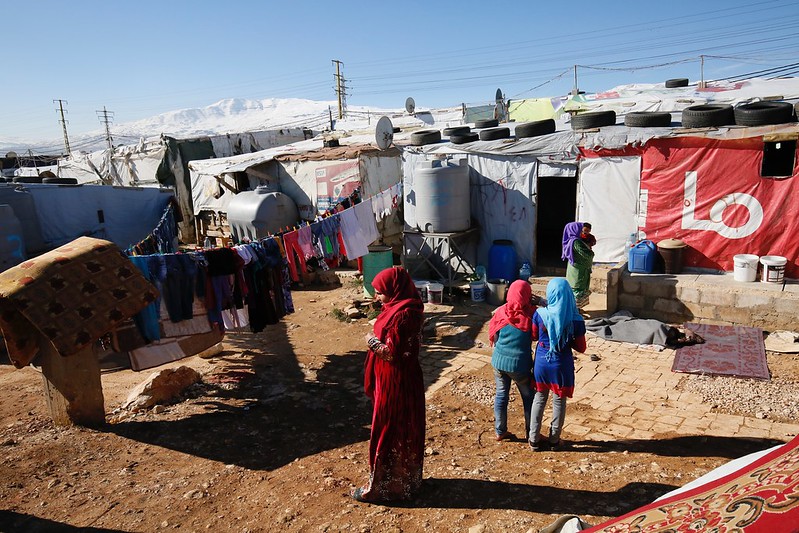 The Danish Refugee Council (DRC) is an esteemed non-governmental organization that focuses on offering aid and safeguarding the rights of refugees and internally displaced persons (IDPs).
The Danish Refugee Council (DRC) is an esteemed non-governmental organization that focuses on offering aid and safeguarding the rights of refugees and internally displaced persons (IDPs). 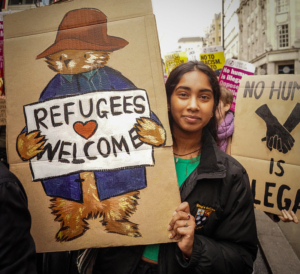
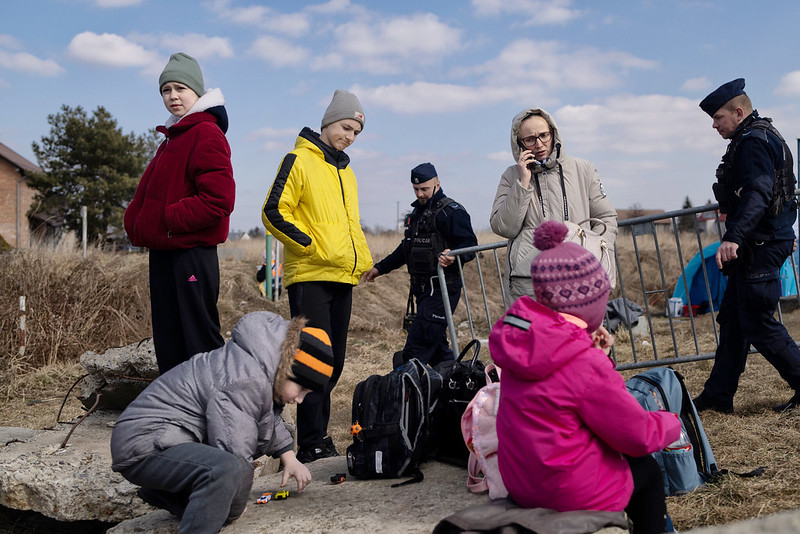 As the Ukrainian-Russian war persists, Ukrainians seek refuge in the major cities of neighboring countries. With Poland bordering the west of Ukraine, several migrants have opted for migration to areas such as Gdańsk, Kraków and Warsaw.
As the Ukrainian-Russian war persists, Ukrainians seek refuge in the major cities of neighboring countries. With Poland bordering the west of Ukraine, several migrants have opted for migration to areas such as Gdańsk, Kraków and Warsaw.
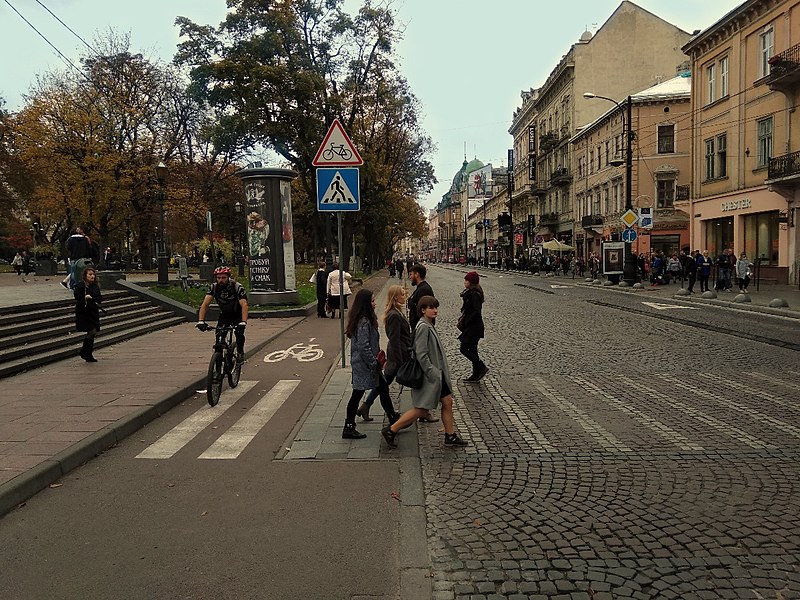 Thousands of Ukrainians fleeing Ukraine enter the city of Lviv daily, about 40 miles from the Polish border. With
Thousands of Ukrainians fleeing Ukraine enter the city of Lviv daily, about 40 miles from the Polish border. With 